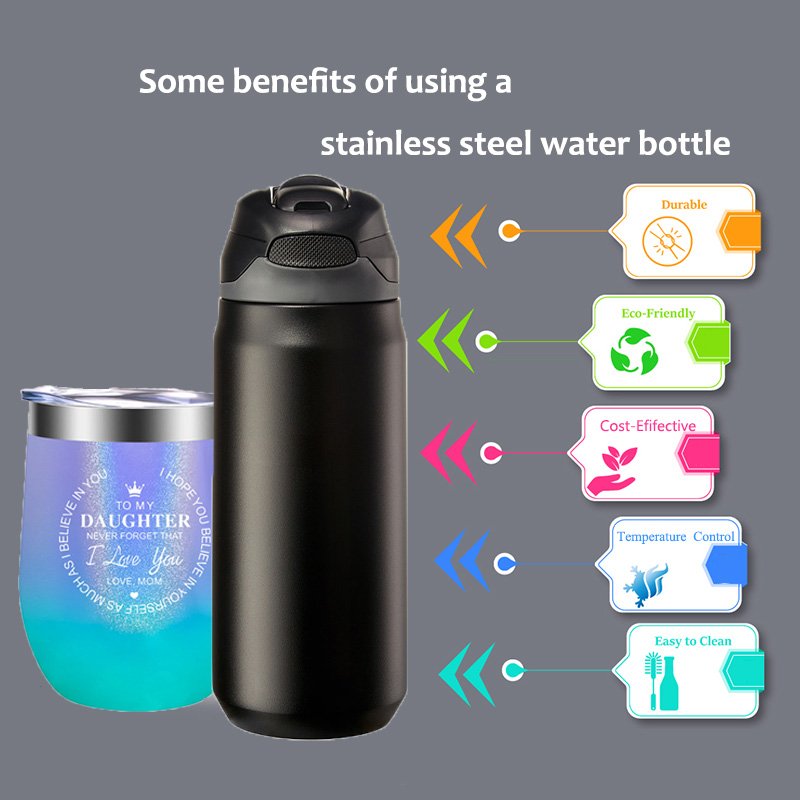Introduction to the Phenomenon
It is a common observation among Coca-Cola enthusiasts: the beloved beverage seems to taste different depending on whether it is consumed from a cup, a bottle, or a can. This intriguing phenomenon has sparked much curiosity and debate over the years, prompting many to question why there is such a noticeable difference in taste. The purpose of this blog post is to delve into the various factors that contribute to this sensory experience and shed light on why Coke tastes different in a cup.
Several key elements play a role in altering the flavor of Coca-Cola when it is poured into different containers. These include the interaction of the liquid with the material of the container, temperature variations, the degree of carbonation, and even psychological perceptions. Each of these factors can influence the overall taste profile of the beverage, creating a unique experience for the consumer.
In the upcoming sections, we will explore each of these factors in detail. We will examine how the material of a cup, bottle, or can can affect the taste of Coke, and how temperature changes can alter the flavor intensity. We will also discuss the impact of carbonation levels and how they differ between containers. Finally, we will consider the role of psychological perception and how our expectations and experiences can shape our taste perceptions.
By the end of this blog post, readers will have a comprehensive understanding of the various elements that contribute to the differing taste of Coca-Cola in a cup versus other containers. This exploration aims to provide a scientific and nuanced perspective on a phenomenon that many have experienced but few fully understand.
Material Interaction
The material of the cup or container in which Coca-Cola is served plays a significant role in determining its taste. Different materials, such as plastic, glass, paper, and metal, interact uniquely with the beverage, influencing its flavor profile in various ways.
Plastic cups, for instance, are known to leach chemicals into the liquid, especially when exposed to heat or over prolonged periods. These chemicals can subtly alter the taste of Coca-Cola, introducing off-flavors that may be detectable to sensitive palates. While plastic is convenient and widely used, it often compromises the integrity of the beverage’s original flavor.
In contrast, glass is a neutral material that does not interact with the liquid. It maintains the authentic taste of Coca-Cola, providing a pure drinking experience. Glass does not leach any substances and is non-porous, ensuring that the beverage remains uncontaminated. This is why many connoisseurs prefer their drinks served in glass containers, as it preserves the intended flavor profile.
Paper cups, although commonly used for their convenience and disposability, have their own set of interactions with Coca-Cola. Being porous, paper can absorb some of the liquid, which may slightly alter the taste. Additionally, paper cups often have a wax or plastic coating to prevent leakage, which can also influence the beverage’s flavor subtly.
Metal cups, such as those made from stainless steel or aluminum, can impart a distinct metallic taste to Coca-Cola. This occurs due to the chemical reactions between the beverage and the metal, which can sometimes be more pronounced if the metal cup is not properly coated or lined. This interaction can significantly alter the drink’s flavor, making it taste less like the original Coca-Cola and more like the metal of the cup.
Understanding how these materials interact with Coca-Cola helps in choosing the right container to enjoy the beverage as intended. The choice of cup can either preserve the authentic taste or introduce new flavors, impacting the overall drinking experience.
Temperature and Carbonation
The temperature of a beverage significantly influences its taste and sensory experience. When it comes to Coca-Cola, colder temperatures tend to enhance both the sharpness and crispness of its flavor profile. This phenomenon occurs because lower temperatures slow down the movement of molecules, resulting in a more concentrated and refreshing taste. When Coca-Cola is served chilled, it often offers a more satisfying and invigorating experience, making it a preferred choice for many consumers.
Carbonation is another critical factor that impacts the taste of Coca-Cola, especially when it is poured into a cup. The process of pouring the drink can cause the release of carbon dioxide, altering the carbonation levels. This change can affect the mouthfeel and overall taste, making it slightly different from when it is consumed directly from a bottle or can. The effervescence of the drink, which is a key characteristic of Coca-Cola, can diminish more rapidly in a cup, leading to a flatter taste over time.
Moreover, the addition of ice plays a considerable role in modifying the taste of Coca-Cola. While ice can keep the drink cold and maintain its crispness initially, it also dilutes the beverage as it melts. This dilution can weaken the intensity of the flavor, making it less robust and altering the intended taste. The balance between maintaining the ideal temperature and preventing dilution is a delicate one, often influencing the overall enjoyment of the drink.
In summary, both temperature and carbonation levels are pivotal in determining the taste of Coca-Cola. The way the drink is served, whether in a cup with or without ice, can significantly alter the sensory experience, making it taste different from its original form. Understanding these factors can help consumers make informed choices to enjoy their Coca-Cola exactly the way they prefer.
Psychological Perception
The perception of taste is a complex interplay of sensory experiences and psychological factors. One significant aspect is the context in which Coca-Cola is consumed. For instance, enjoying a cold glass of Coke at a bustling restaurant might be perceived differently than drinking it at home. The environment, ambiance, and even the company we keep can influence how we perceive taste. During special events, the excitement and positive emotions associated with the occasion can enhance the flavor experience, making the drink seem more enjoyable.
Branding and presentation also play a crucial role in taste perception. The iconic shape of the Coca-Cola bottle, for example, is more than just a design; it is a part of the brand’s identity that consumers have come to associate with quality and consistency. Holding the familiar bottle can evoke a sense of nostalgia and satisfaction, potentially altering the taste experience. Similarly, the red and white color scheme, consistent across all Coca-Cola products, can trigger specific psychological responses that prime us to expect a certain flavor profile before we even take a sip.
The placebo effect is another psychological phenomenon that can significantly impact taste perception. If individuals believe that Coke tastes better from a glass bottle compared to a plastic one, their expectation alone can influence their actual taste experience. This effect is driven by the brain’s ability to trick itself into experiencing what it expects. Expectations can be shaped by past experiences, marketing, and even popular opinion, all of which contribute to the perceived taste of Coca-Cola.
In essence, the psychological perception of taste is influenced by various factors including context, branding, presentation, and expectations. These elements combine to create a unique and subjective drinking experience for each individual, demonstrating that taste is not solely a sensory experience but also a psychological one.




I’ve been following your blog for some time now, and I’m consistently blown away by the quality of your content. Your ability to tackle complex topics with ease is truly admirable.
Every time I visit your website, I’m greeted with thought-provoking content and impeccable writing. You truly have a gift for articulating complex ideas in a clear and engaging manner.
I’ve been using https://www.nothingbuthemp.net/products/brez-5mg-thc-2200mg-lions-mane constantly in regard to over a month nowadays, and I’m indubitably impressed during the sure effects. They’ve helped me judge calmer, more balanced, and less anxious throughout the day. My snore is deeper, I wake up refreshed, and even my nave has improved. The quality is excellent, and I cherish the accepted ingredients. I’ll obviously heed buying and recommending them to person I identify!
I started prepossessing CBD gummies a handful months ago and honestly, they’ve made a huge difference. I in the main take everyone after dinner to boost me wheezles peripheral exhausted and catnap better. They taste great —like solid bon-bons — and don’t desert me mood weak the next day. It’s honest a nice, muted vibe that helps take the margin off after a stressful day. Wasn’t inescapable they’d work at senior, but at the moment I’m all in. Completely interesting if you need something fool to take you relax without any queer side effects.